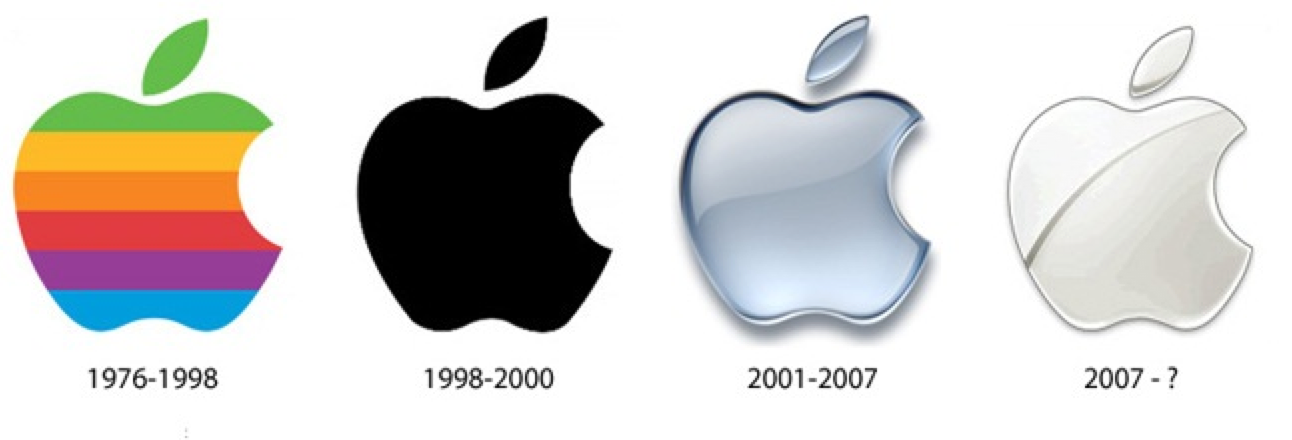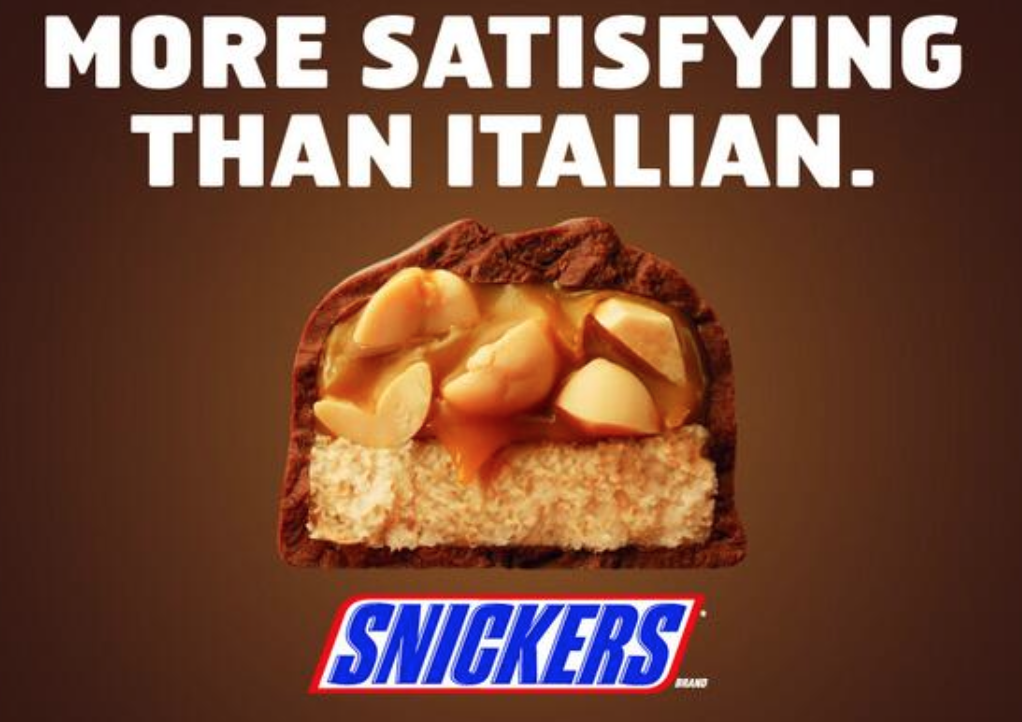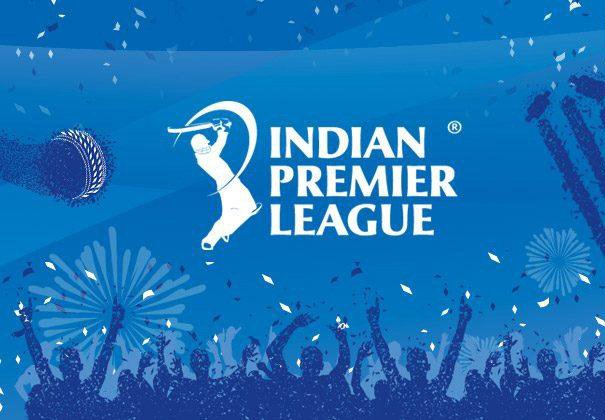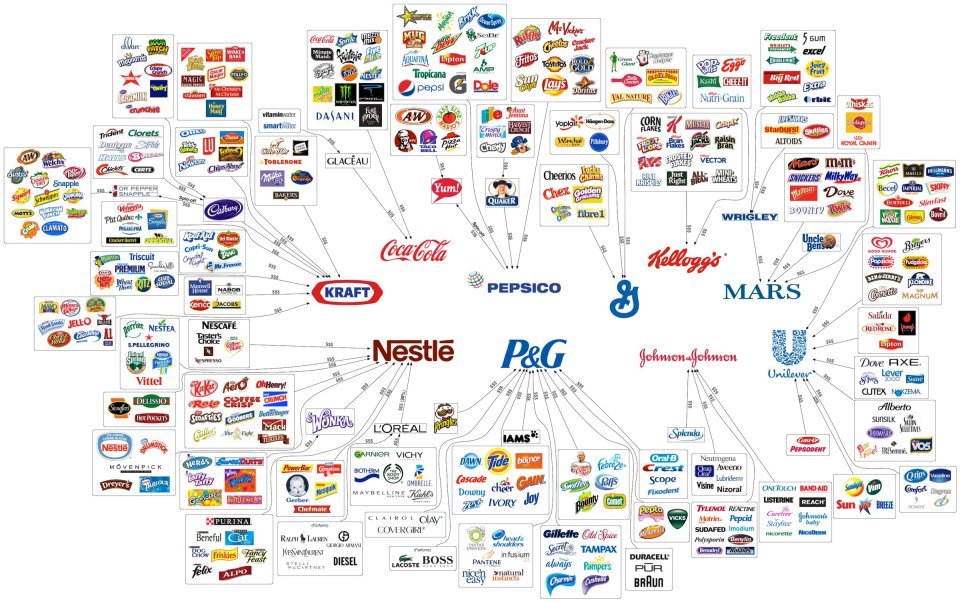Posted at 13:19h in
Art,
Design,
On Brand,
Our View Colours are a language of their own; in every day life and in visual communication, they are one of the first things we register when we are assessing anything. They evoke emotions and have psychological properties that instantly trigger various thoughts, memories and associations for people, environments and events.
Art, design and music have always been an a representation of how a culture expresses attitudes and emotions of the time: this expression is represented in forms of design. For example, the 70s recession brought earthy colors, environmental movement into the design. In the 80’s, we see an explosion of vibrant colours with the economic upturn and MTV’s influence on spreading pop music. In the 90’s, we see grunge and graffiti style. The 00’s, we see the influence of the technology revolution and minimalism, individualism and globalisation.











